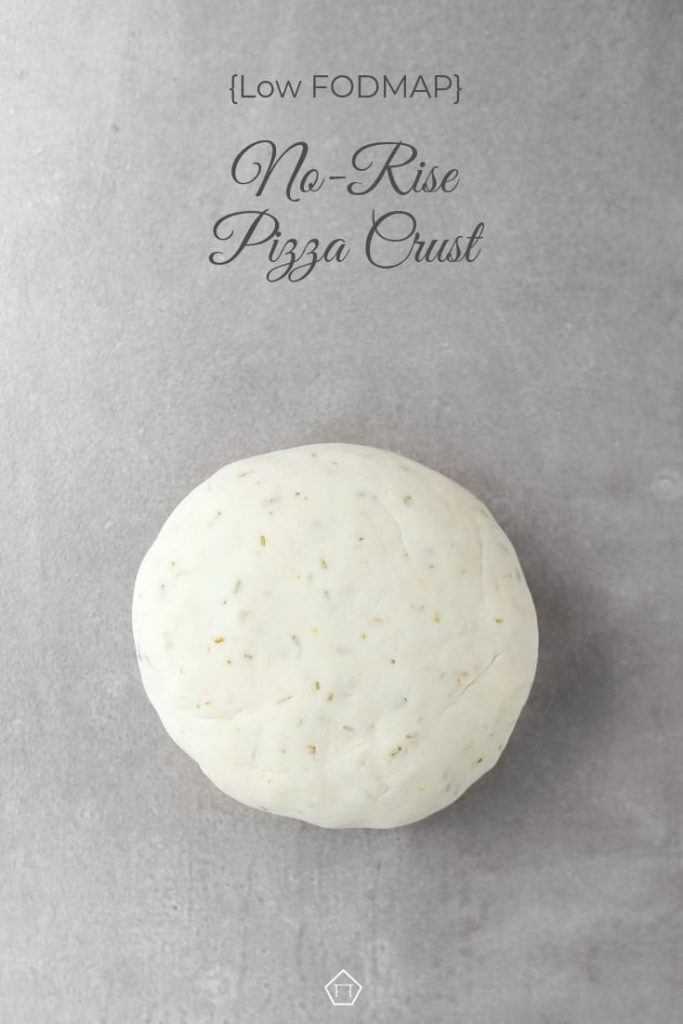Low-FODMAP Diet
Overview:
The Low FODMAP diet is an elimination of certain short-chai carbohydrates (sugars) that are known to trigger gastrointestinal issues in specific groups of people. FODMAP stands for fermentable oligosaccharides, disaccharides, monosaccharides and polyols. If you consume too many, they can stick around in the gut and ferment. FODMAPS also pull water into the digestive tract and can cause bloating, diarrhea, cramping and stomach pain.
Up to 86% of people with gastrointestinal disorders, such as IBS, find relief from the Low FODMAP diet within the first week. Eliminating FODMAPS is also beneficial for those with SIBO and can help greatly reduce the amount of bad bacteria in the gut.
Directions:
Step 1
Discuss this diet with your child’s doctor before starting it.
In the first phase, your child stops eating foods that are high in FODMAPs for 2–6 weeks. We often recommend 2 weeks because it can be hard to follow such a restrictive diet. You should know by the end of this phase whether the diet is helping your child’s symptoms.
Keep in mind that not everyone that tries the low-FODMAP diet has symptom relief. You may need to work with your child’s pediatrician on finding other options if the diet doesn’t help.
Step 2
You’ll move on to the second phase if your child’s symptoms have improved. In this phase, you’ll introduce high-FODMAP foods back into your child’s diet. We recommend reintroducing one FODMAP at a time—for example, lactose—typically over three days. This allows your child to tell which of the FODMAPs are causing symptoms. If the digestive issues (pain, gas, etc.) start again after a FODMAP type is reintroduced, take it back out of their diet.
You may want to take a break if your child’s symptoms get worse with one FODMAP before reintroducing another one. It’s also a good idea to keep a food diary during this time to track what your child is eating and how they react.
The goal of this phase is to help you pinpoint which foods your child can tolerate and which ones cause digestive distress. If you need to take breaks in between reintroducing FODMAP types, this phase can take up to a month.
Step 3
Once you’ve figured out which foods cause digestive symptoms, you can personalize the diet to your child’s needs. In this phase, you’ll have your child limit or completely avoid the FODMAP types that give them problems. Your child can enjoy the others without worrying about their symptoms coming back.


Resources
Low FODMAP Recipes
You need to login or register to bookmark/favorite this content.










